Anticonvulsants are drugs that are used to treat and prevent cerebral seizures, i.e. uncontrolled jerks that are triggered by discharges in the brain. One also speaks here of tonic-clonic spasms that are associated with a clouding of consciousness.
What are anticonvulsants?

Anticonvulsants are drugs that are used to treat and prevent cerebral seizures. Cerebral seizures are also known as epileptic seizures. Therefore, anticonvulsants can also be called anti-epileptic drugs.
They belong to a specific group of drugs that are chemically heterogeneous. They include around 5 tried and tested representatives, all of which are administered with the same goal. Each different anticonvulsant has its own specific effect. Different seizure disorders require treatment with just as different anti-epileptic drugs.
Medical application, effect & use
Predicting seizures, which are controlled by the brain, are prevented and suppressed or existing seizures are broken, since longer-lasting convulsions are always associated with a health risk and even death from suffocation.
Regardless of the type of Anticonvulsants is used, it has the task of inhibiting the neuronal excitability and the impulse transmission of impulses in the CNS and thus completely preventing an impending seizure or ending one that has already occurred. Depending on whether it is a preventive or acute medication, there are different forms of application of the drug.
The desired effect is achieved through various mechanisms: on the one hand, voltage-dependent Ca + channels and Na + channels are blocked. Furthermore, GABA-mediating inhibition mechanisms are strengthened. Which mechanism of action one makes use of when applying the drug depends essentially on the form of the seizure disorder.
If the treatment does not have the desired effect, another anticonvulsant is used. Pure epileptic seizures should be treated with monotherapy in order not to favor a lowering of the seizure threshold through the interaction of several drugs.
Herbal, Natural & Pharmaceutical Anticonvulsants
There are different forms and types of Anticonvulsantsall of which serve to prevent or stop cerebral seizures. In acute therapy and when there is a strong tendency to cramp, only chemical agents are used. These include barbiturates such as phenobarbital and primidone.
Suximides and hydantoin derivatives such as phenytoin, tricyclic antidepressants such as carbamazepine, valproic acid and benzodiazepines such as diazepam (Valium), lorazepam (Tavor) and clonazepam. In homeopathy, epilepsy is basically seen as a chronic condition. The treatment here usually takes place in combination with an already initiated conventional medical treatment. The aim here is to activate the body's own anticonvulsants and to regenerate the body.
Purely plant-based substances that are approved for the mono-treatment of seizure disorders have not yet been properly researched and are therefore not approved due to the very high health risk. We strongly advise against self-treatment with Belladonna etc. Epileptic seizures should be medically clarified, especially when they first occur, because there are very diverse causes.
A generalized seizure disorder is not always behind it. An injury to the brain or an infection may also lead to seizures, which then do not require long-term therapy.
Risks & side effects
Anticonvulsants In addition to their desired and necessary effects, like all substances that actively intervene in processes in the human body, they also have risks and side effects. These should by no means be underestimated.
Pregnant women, the elderly, children and dependent people are particularly at risk and must be monitored closely during treatment with anticonvulsants. Most of the drugs in this group make you very sleepy, which prohibits you from using machines or actively driving. Some also lead to memory lapses (retrograde amnesia) and speech disorders (ataxia). The benzodiazepines in particular ensure extreme muscle relaxation, which can lead to falls.
Under no circumstances should anticonvulsants be consumed together with alcohol, as the effects can be mutually amplified. This also applies to the simultaneous or delayed use of other drugs, especially if they also have an effect on the central nervous system. An intensification of the effect can lead to life-threatening respiratory depression. Children are particularly at risk. Another, but rare, side effect can be so-called paradoxical effects, which are generally expressed as increased restlessness.

.jpg)
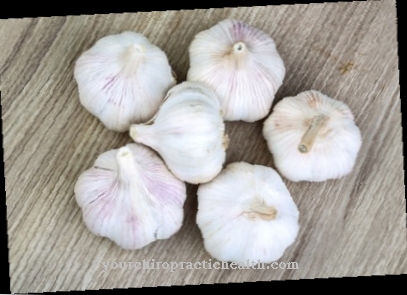



.jpg)

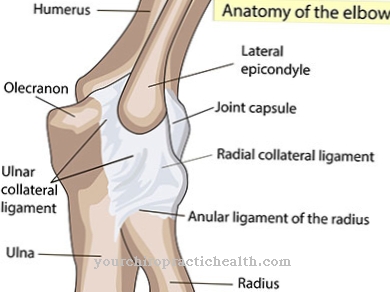
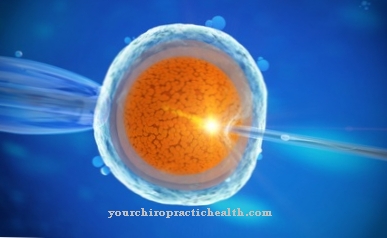

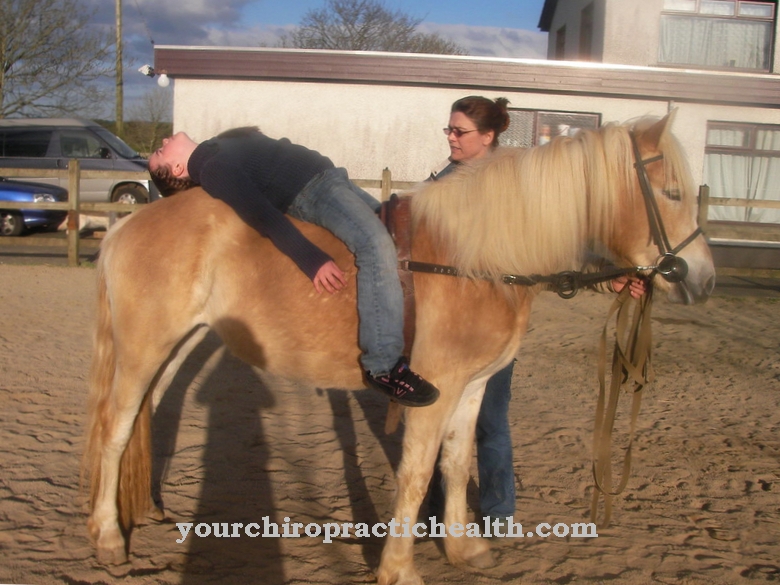
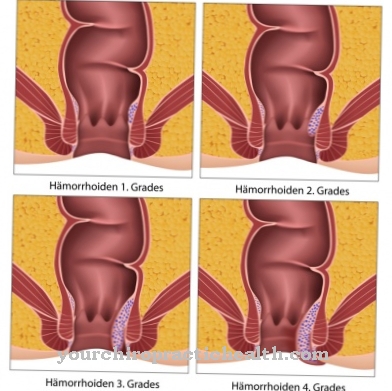
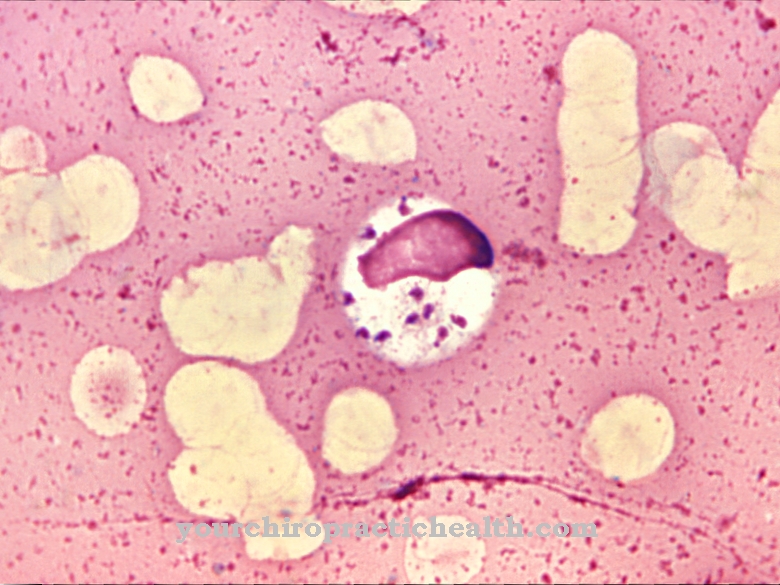
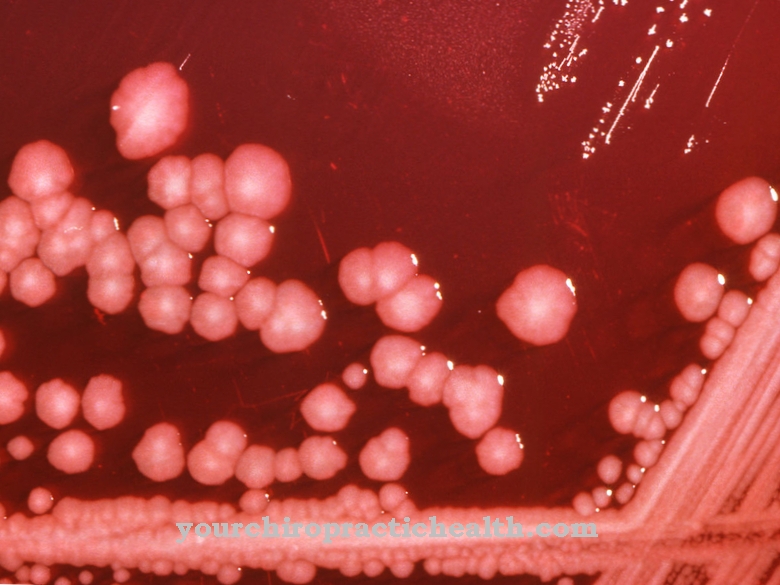

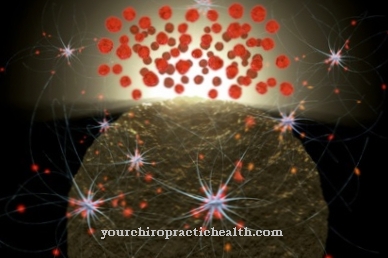
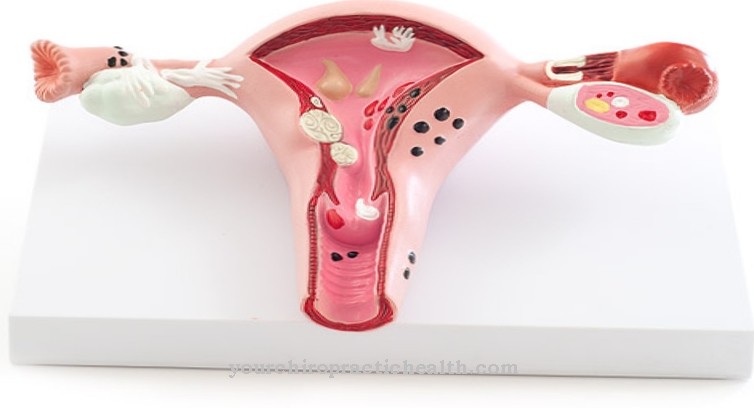



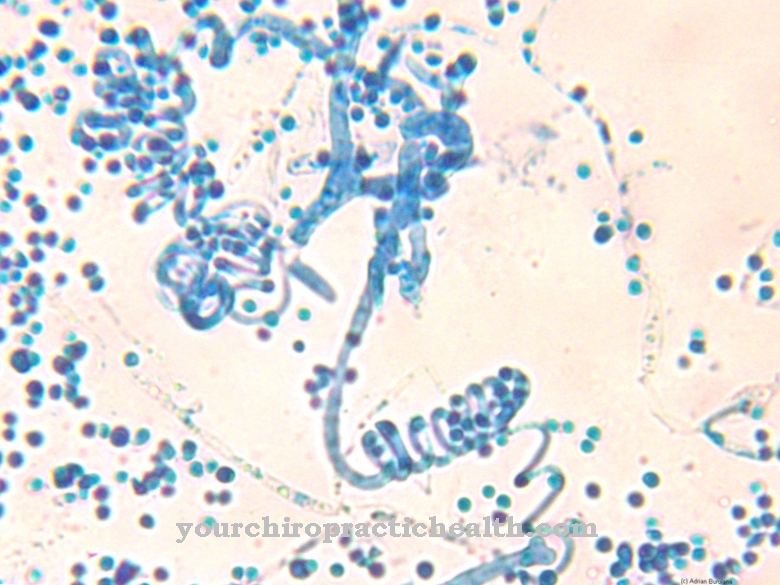

.jpg)
.jpg)


.jpg)
